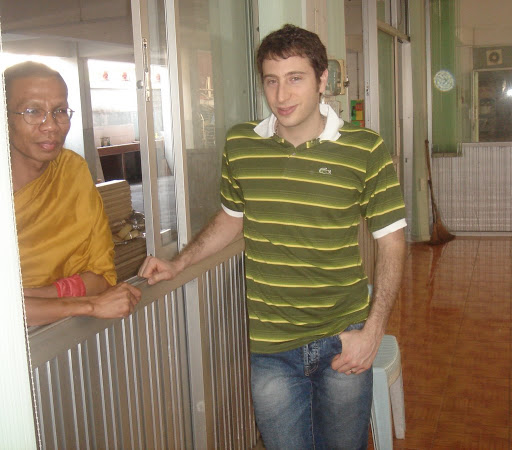The #1 restaurant in the WORLD - el Bulli has these serious idealogies/concepts for their food styles - taken from their website, www.elbulli.com :
Synthesis of elBulli cuisine. In the mid-1990s a new style of cuisine began to be forged. Today, this style has been wholly consolidated and may be defined in the following terms:
1. Cooking is a language through which all the following properties may be expressed: harmony, creativity, happiness, beauty, poetry, complexity, magic, humour, provocation and culture.
2. The use of top quality products and technical knowledge to prepare them properly are taken for granted.
3. All products have the same gastronomic value, regardless of their price.
4. Preference is given to vegetables and seafood, with a key role also being played by dairy products, nuts and other products that make up a light form of cooking. In recent years red meat and large cuts of poultry have been very sparingly used.
5. Although the characteristics of the products may be modified (temperature, texture, shape, etc.), the aim is always to preserve the purity of their original flavour, except for processes that call for long cooking or seek the nuances of particular reactions such as the Maillard reaction.
6. Cooking techniques, both classic and modern, are a heritage that the cook has to know how to exploit to the maximum.
7. As has occurred in most fields of human evolution down the ages, new technologies are a resource for the progress of cooking.
8. The family of stocks is being extended. Together with the classic ones, lighter stocks performing an identical function are now being used (waters, broths, consommés, clarified vegetable juses, nut milk, etc.).
9. The information given off by a dish is enjoyed through the senses; it is also enjoyed and interpreted by reflection.
10. Taste is not the only sense that can be stimulated: touch can also be played with (contrasts of temperatures and textures), as well as smell, sight (colours, shapes, trompe d’oeil, etc.), whereby the five senses become one of the main points of reference in the creative cooking process.
11. The technique-concept search is the apex of the creative pyramid.
12. Creation involves teamwork. In addition, research has become consolidated as a new feature of the culinary creative process.
13. The barriers between the sweet and savoury world are being broken down. Importance is being given to a new cold cuisine, particularly in the creation of the frozen savoury world.
14. The classical structure of dishes is being broken down: a veritable revolution is underway in first courses and desserts, closely bound up with the concept of symbiosis between the sweet and savoury world; in main dishes the "product-garnish-sauce" hierarchy is being broken down.
15. A new way of serving food is being promoted. The dishes are finished in the dining room by the serving staff. In other cases the diners themselves participate in this process.
16. Regional cuisine as a style is an expression of its own geographical and cultural context as well as its culinary traditions. Its bond with nature complements and enriches this relationship with its environment.
17. Products and preparations from other countries are subjected to one's particular style of cooking.
18. There are two main paths towards attaining harmony of products and flavours: through memory (connection with regional cooking traditions, adaptation, deconstruction, former modern recipes), or through new combinations.
19. A culinary language is being created which is becoming more and more ordered, that on some occasions establishes a relationship with the world and language of art.
20. Recipes are designed to ensure that harmony is to be found in small servings.
21. Decontextualisation, irony, spectacle, performance are completely legitimate, as long as they are not superficial but respond to, or are closely bound up with, a process of gastronomic reflection.
22. The menu de dégustation is the finest expression of avant-garde cooking. The structure is alive and subject to changes. Concepts such as snacks, tapas, pre-desserts, morphs, etc., are coming into their own.
23. Knowledge and/or collaboration with experts from different fields (gastronomic culture, history, industrial design, etc.,) is essential for progress in cooking. In particular collaboration with the food industry and the scientific world has brought about fundamental advances. Sharing this knowledge among cooking professionals has contributed to this evolution.
----------------------------
i love this. i'm trying to study these concepts and seriously hypothesize on them. i'm a little crushed right now though after a few happy hour pitchers of mcmenamins terminator stout...
Friday, October 20, 2006
Subscribe to:
Post Comments (Atom)

No comments:
Post a Comment